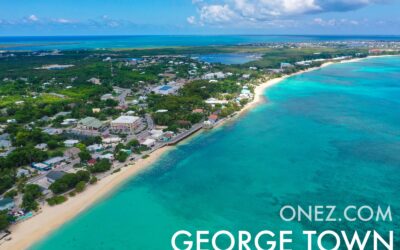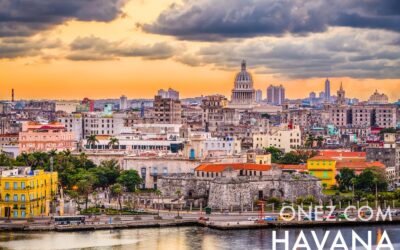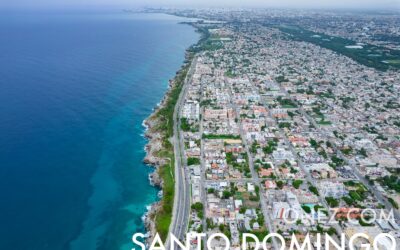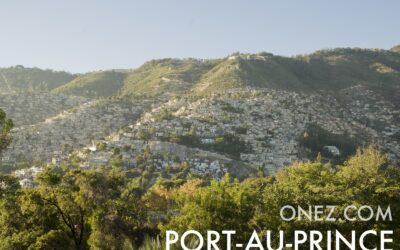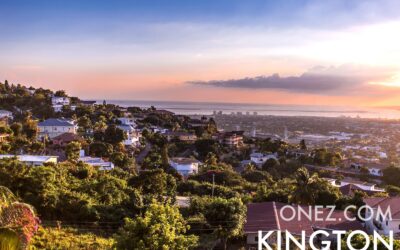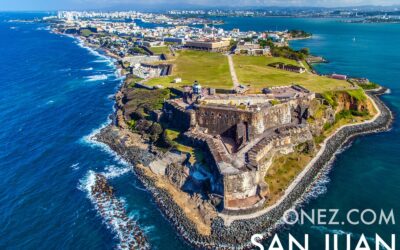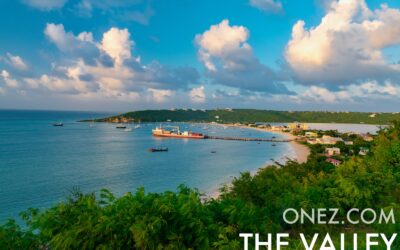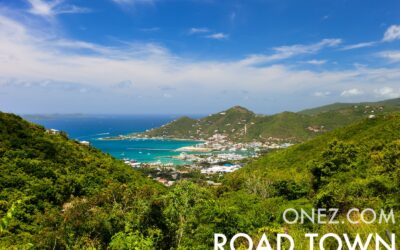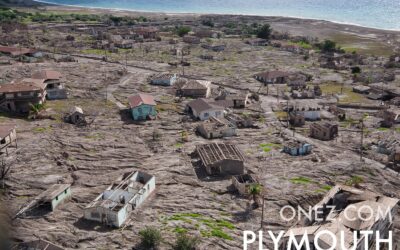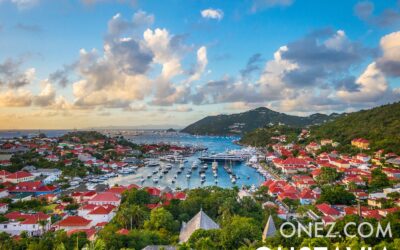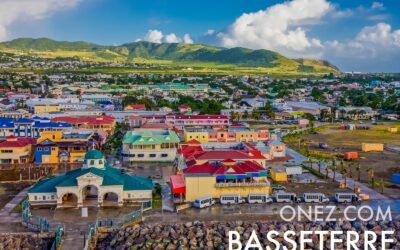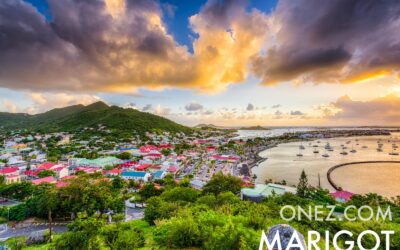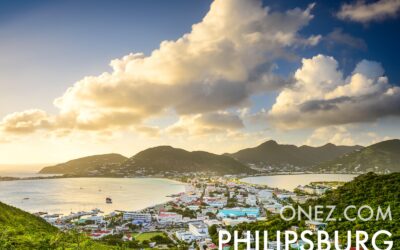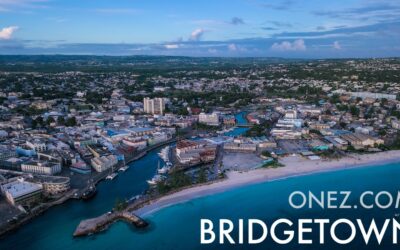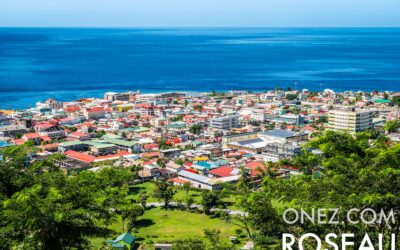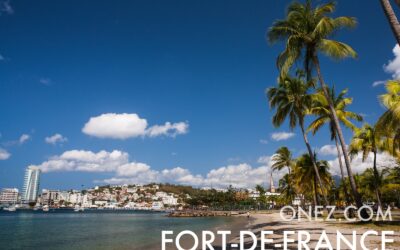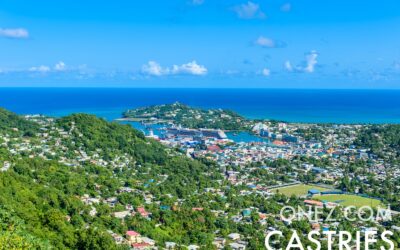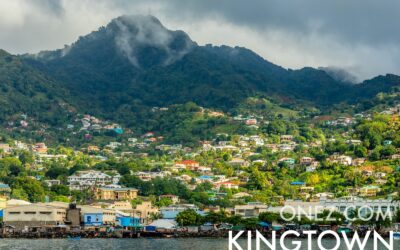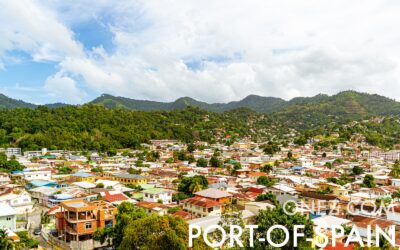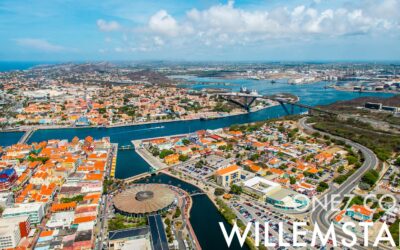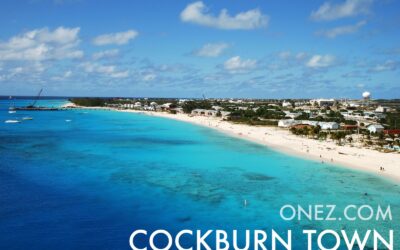North America Continent
Caribbean Islands
The Caribbean Islands form a long, curved chain between North and South America, stretching from Cuba in the west to Trinidad near Venezuela. The region basks in a warm, tropical climate all year, with the clear blue waters of the Caribbean Sea drawing millions of visitors on cruises and to luxury beach resorts. Although the area holds more than 7,000 islands, cays, and reefs, most people live on a few dozen larger islands. For quick reference, geographers split the chain into three main groups: the Greater Antilles, the Lesser Antilles, and the Lucayan Archipelago. Each group has its own mix of English, Spanish, French, Dutch, and Creole, and local economies thrive on tourism, fishing, and farming. Coral reefs, tropical rainforests, and unique wildlife make the Caribbean a global hotspot for biodiversity.
Greater Antilles
Let’s start with the Greater Antilles. These are the five biggest islands in the Caribbean—Cuba, Hispaniola (shared by Haiti and the Dominican Republic), Jamaica, Puerto Rico, and the Cayman Islands. Together they hold about 90 percent of the region’s land and people. High mountains, rich soils, and long river systems make the Greater Antilles the center of Caribbean farming, music, and history.
Lesser Antilles
Now we come to the Lesser Antilles. This slender chain of smaller islands arcs southeast from the Virgin Islands down to Trinidad and Tobago. Geographers break it into three parts: the Leeward Islands in the north, the Windward Islands in the south-central arc, and the southern ABC Islands (Aruba, Bonaire, Curaçao) just off Venezuela. Most of these islands are volcanic, with lush green peaks and narrow coastal plains, while the ABC trio is drier and more desert-like. Tourists flock here for snorkelling, sailing, and laid-back beach towns, but farming (bananas, cocoa, nutmeg) and fishing still support many local families. English, Dutch, French, and Spanish-based creoles mix across the islands, giving each one its own distinct flavour. Scroll down to see the full list of Lesser Antilles countries and territories.
Leeward Islands
Let’s look at the Leeward Islands. These islands sit on the northern half of the Lesser Antilles chain, from the Virgin Islands down to Guadeloupe. Because they lie “to leeward” of the steady trade winds, their seas are usually calm—perfect for sailing and snorkelling. The group includes famous vacation spots like the U.S. and British Virgin Islands, Anguilla, Saint Martin/Sint Maarten, Saint Barthélemy, Antigua and Barbuda, Montserrat, and Guadeloupe. Most islands are small and hilly, with white-sand beaches and coral reefs that fuel a busy tourism industry, while fishing and small-scale farming help local families. English, French, and Dutch are the main languages, often mixed with lively Creole dialects.
Windward Islands
Next are the Windward Islands. These islands sit on the southern half of the Lesser Antilles and face the full force of the trade winds, which is why early sailors called them “windward.” The main islands are Dominica, Martinique, Saint Lucia, Saint Vincent and the Grenadines, and Grenada. Most are volcanic with steep green mountains, rich rainforests, and black-sand or golden beaches. Farmers grow bananas, cocoa, and spices such as nutmeg, while visitors come for hiking, waterfalls, and world-class sailing. English and French Creole languages mingle across the islands, giving each one its own lively culture. Scroll down to see the full list of Windward Island countries and territories.
ABC Islands
Finally, we reach the ABC Islands. These three Dutch-Caribbean islands—Aruba, Bonaire, and Curaçao—sit just north of Venezuela at the far southwestern tip of the Lesser Antilles. Because they lie outside the main hurricane belt, the ABCs enjoy dry, sunny weather almost all year. Their landscapes are dotted with cactus and divi-divi trees rather than rainforests, and their clear turquoise seas make them world-famous for scuba diving, snorkelling, and windsurfing. Tourism drives the economy, though Bonaire guards large marine parks and Curaçao hosts a busy seaport and finance center. Locals switch easily among Dutch, Papiamento, English, and Spanish, giving the islands a lively, mixed culture.
Lucayan Archipelago
Last, we have the Lucayan Archipelago. This group sits north of the Greater Antilles, just off Florida and Cuba, out in the open Atlantic Ocean rather than inside the Caribbean Sea. It holds two main island chains: The Bahamas and Turks and Caicos. Unlike the volcanic islands farther south, these islands are low, flat, and made of coral limestone, which is why their beaches shine bright white against clear, shallow water. The climate is warm and breezy, and the surrounding Atlantic is famous for blue holes, coral reefs, and world-class scuba sites. Tourism and offshore services power the economy, while fishing and boat-building keep island traditions alive. English is the main language, flavored by a lively local dialect.
Caribbean Coast and Offshore Islands
The Caribbean Sea borders six of the seven Central American nations—Belize, Guatemala, Honduras, Nicaragua, Costa Rica, and Panama—while El Salvador touches only the Pacific. South of the isthmus, Colombia’s coast also faces the Caribbean and reaches out to the islands of San Andrés and Providencia, and Venezuela’s coral-ringed Los Roques archipelago sits 128 km offshore as a national park. Within Central America itself, Panama’s San Blas Islands (Guna Yala) add more white-sand keys to the mix. To explore every country along this tropical coast—and the islands sprinkled through its warm blue waters—visit our Central America and South America pages.

